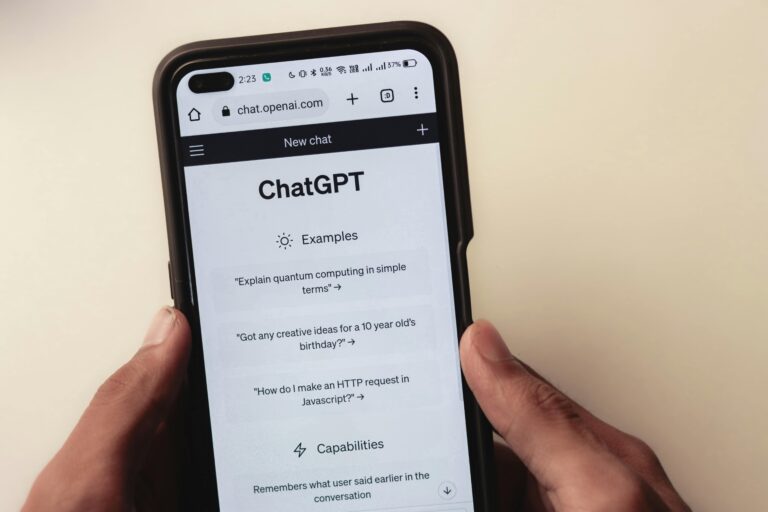Sure, Good SEO Gets You 90% There. The Other 10% Breaks Everything.
The common wisdom on LinkedIn right now is that optimizing for LLMs (whether you call it GEO, AEO, AISEO, of whatever) is all just best practices for SEO.
For example, Lily Ray’s LinkedIn Pulse article makes the point that most LLM mentions are because big brands already had huge brand visibility and good SEO. (That one is a good read, and she is not wrong.) There also Danny Sullivan’s claim that “Good SEO is good GEO” and his colleague Gary Illyes claim that “when it comes to ranking in AI Overviews, all you need to do is normal SEO.”
Perhaps most breathlessly, there was Benjamin Houy’s announcement that he was shutting down Lorelight, a GEO platform, because ‘there’s no such thing as “GEO strategy” separate from brand building.’ He then goes on to state that the things that get brands mentioned are quality content, mentions in authoritative publications, strong reputation, and genuine expertise…meaning that there’s nothing new just because you stuck an “EO” at the end of something.
I myself have even said to folks that “90% of AEO is just best practices for SEO.”
But that percentage is important. Yes, if you have good SEO, you have 90% of what you need to get cited by LLMs.
But saying that all of AEO is just good SEO is complete BS. A good example of this is the 406 error.
How a 406 Error Exposed the Limits of “Good SEO”
I discovered 406 errors when trying to get our own company’s pages cited by LLMs. We were doing everything right from an SEO perspective: We were putting our great content, keeping it organized, building links, using the right keywords. We were also doing everything recommended for LLM citation: Using schema mark-up correctly, making sure entities were clear, using the correct formats, etc.
But we were still struggling.
Then, the other day, I was working on another piece for our company, and asking ChatGPT to review and analyze something from one of our previous glossary entries.
ChatGPT returned the following:

[Caption: I can’t load that URL directly (your site returns a 406 to my request), so I can’t see the page. That said, here’s a fast “does this look right” checklist you can use in 60 seconds.
I had a feeling that I had seen a 406 error before and brushed it off as a temporary error. But now it had my attention. Why was the page throwing up this error? Was it temporary, or was it more serious?
I had these questions in mind as I was checking SEMrush. Could it see my pages? As it turns out, yes, some…but many others were throwing up the same “306” code. What was going on?
I began to dig. Here is what I found.
406 Errors: What They Are, and Why They Suddenly Matter for AEO
A 406 “Not Acceptable” error is an HTTP status code that means a server couldn’t provide a response that matches the client’s requirements. So, for example, a web browser asks for content in a specific format (like JSON or HTML), but the server can’t provide it in any of the requested types. While it’s typically a client-side error, the issue often stems from a server-side configuration, a misconfigured CMS, or a security module blocking the request.
And it’s that last one that caught my attention. Most of the stuff out there on 406 errors had more to do with things like API calls and MIME-type mismatches. But there were a few buried mentions:
- Some servers are configured to block specific User-Agent headers or IP ranges, which can inadvertently block AI agents.
- Security modules, like ModSecurity on Apache or Nginx, can block requests that don’t conform to expected headers, or that seem suspicious (e.g., bot-like behavior).
- LLM bots can also be blocked through the robots.txt file, through external firewalls (Cloudflare, Wordfence, etc.), or through other security plugins.
Long story short: Many servers are blocking AI bots, either straight out or because they display bot-like behavior (which, of course, they often do).
But if the server is blocking these bots, then they cannot actually access the content on pages housed on that server.
This means that:
- The LLM cannot cite those pages, and
- It might just confabulate (i.e. make up) what it thinks should be on those pages—in other words, it will hallucinate.
This error might manifest differently, too, whether we are talking about bots that scrape the web for training data for these models, or the “answer engine layer” that users see. These are not the same thing, and they might “encounter” your web pages differently.
The Fix, and the Lesson
For me, this was a quick fix: A chat with my website hosting provider, who quickly changed a setting to allow AI bots to crawl my content and take from it. It might still take a few weeks to see if this moved the needle; but for that very reason, I wish it was something I had figured out months ago.
And here’s the lesson: I could know a crap ton about SEO (and in fact I do), but none of that would have told me that the security software that my web host was using had a default setting to block AI bots. And I wouldn’t have caught it, had it not been for seeing these 406 errors pop up.
So, yeah, most of AEO (GEO, AISEO) is just good SEO. But not all of it. There are new issues popping up every day, and you can’t assume that just because someone is an SEO whiz that it all carries over to AEO. It can only get you 90% of the way there.
Imagine having paid such a whiz thousands of dollars a month, and never seeing any mentions by LLMs, and no leads generating through AI answers. That would be a ton of wasted money, right?
So when someone makes this claim, ask if they know about 406 errors and security postures. If not, they don’t have the “final mile” 10% of AEO knowledge to get you where you want to go.
Brandon N. Towl is an SEO strategist and content expert who helps companies stand out in both traditional search and emerging AI-driven discovery. He is the founder of Words Have Impact, a content agency, and Human Driven Understanding, a consultancy focused on buyer insights and strategy.





